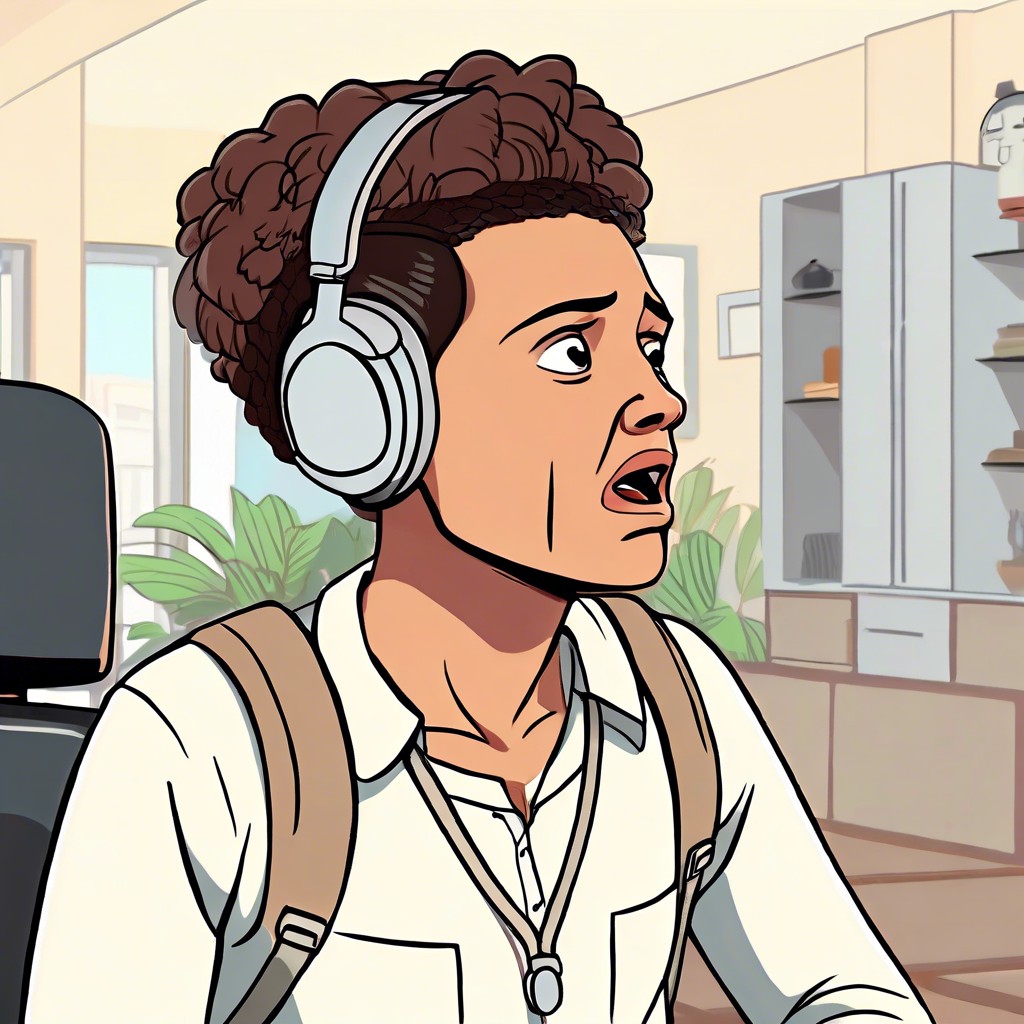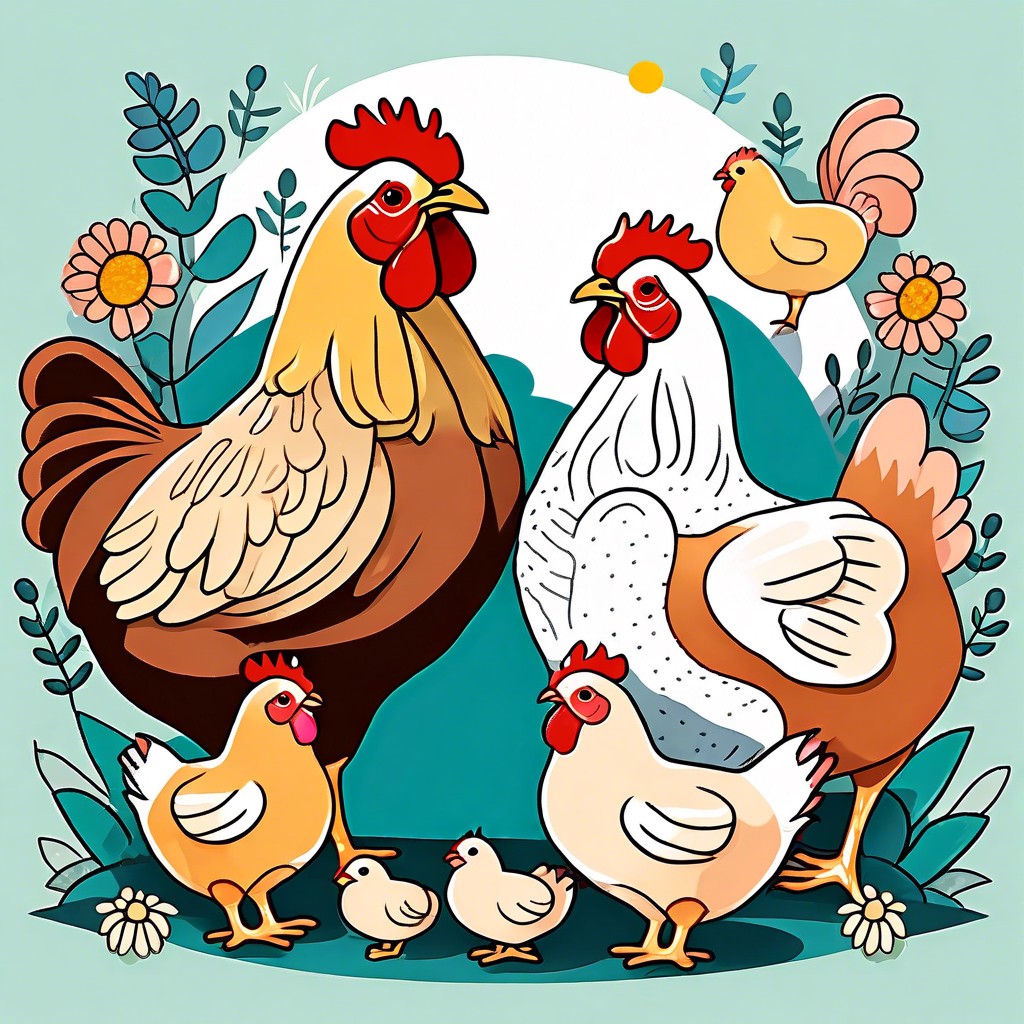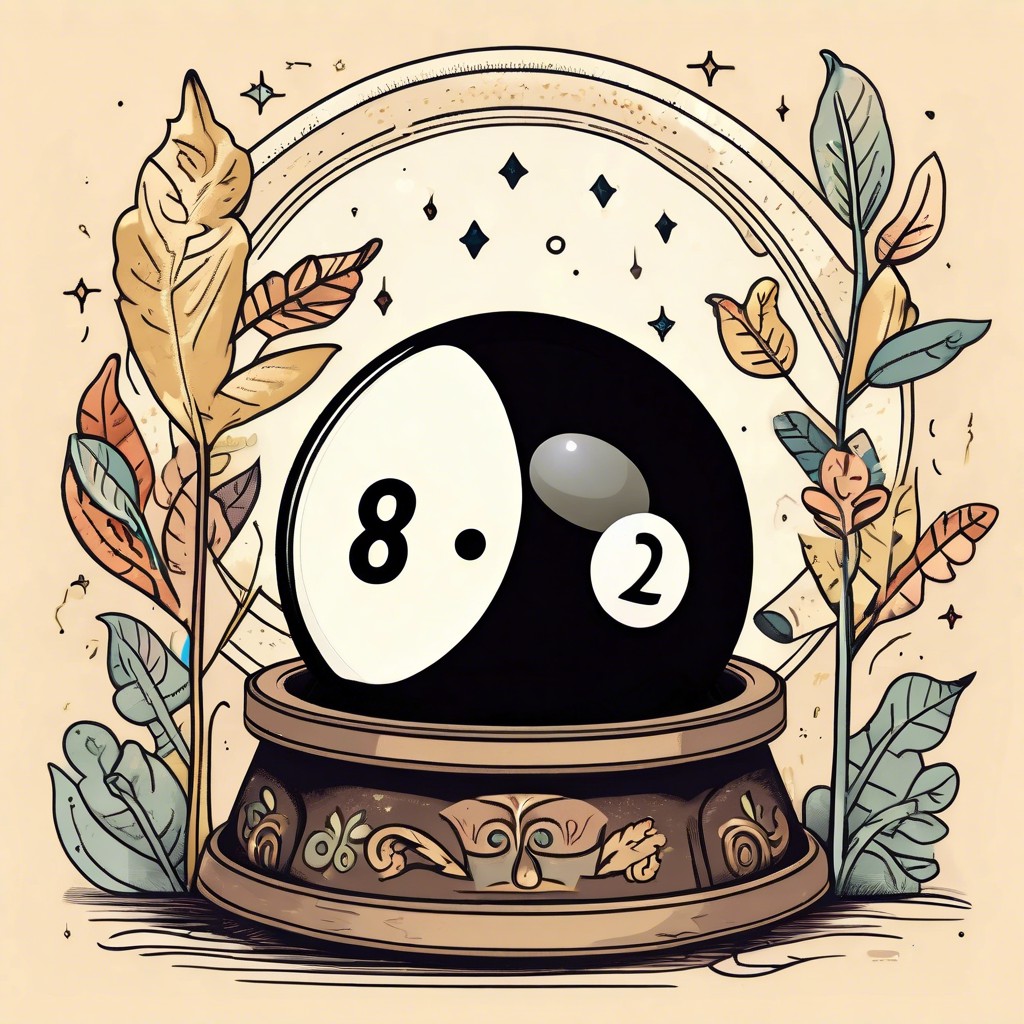Discover a variety of fun and authentic ways to respond to greetings in Spanish.
So someone hit you with a “Hola!” and now you’re lost in translation? Fear not, amigo! Whether you’re mingling at a fiesta or stuck in a dreaded work meeting, this guide provides everything you need. From friendly banter to formal greetings, regional quirks to time-specific replies, and even mood-based twists. Stay tuned, we’ve got the fun—and mucho más—covered!
Key takeaways:
- Various responses depend on formality and context.
- Regional variations bring unique flavor to greetings.
- Time-specific responses show politeness and awareness.
- Mood-based replies add emotional honesty to exchanges.
- Fun responses can transform mundane greetings into laughs.
“Hola” Responses

Saying “Hola” is like opening a door to countless possibilities. It’s versatile and can be spruced up based on who you are talking to and the context. Here’s how you can keep your “Hola” game strong:
For your boss or someone you want to impress, go with “Hola, buenos días” in the morning. Add a smile and a firm nod, and you’re golden.
Chatting with a buddy? Just a relaxed “Hola, ¿cómo estás?” will do the trick. Throw in a high-five if you’re feeling especially hip.
For a touch of flair, use “¡Hola, qué tal!” It’s informal but stylish.
Feeling particularly joyous? “¡Hola, qué alegría verte!” (Hey, great to see you!) will spread the cheer.
Different regions in Spain and Latin America have their own spins. Be a chameleon and adapt to local flavors.
Remember, body language can spice up your greeting. A wave, a handshake, or even a culturally appropriate kiss on the cheek can elevate a simple hello to a mini-celebration.
Friendly Responses
You know when you run into that friend who always brightens your day? In Spain and Latin America, they don’t just say “hello,” they practically throw a welcome fiesta in your honor!
A simple “Hola” can open the door to a chattier “¿Qué tal?” which translates to “What’s up?” Perfect for catching up without diving into your life story. Or hit them back with a “¡Hola, amigo/amiga!” to make it crystal clear you’re happy to see them.
Craving a bit more warmth? “¡Buenos días!” (Good morning), “¡Buenas tardes!” (Good afternoon), or “¡Buenas noches!” (Good evening) not only acknowledges the time of day but wraps it in a cozy blanket of friendliness.
Need more flair? “¡Encantado/a!” or “¡Qué alegría verte!” literally means “Delighted to meet you!” and “What a joy to see you!” Such a response practically comes with rainbows and unicorns.
Do these sound too much? Over-the-top? Never! Spanish is all about adding that extra sprinkle of *¡olé!* to life.
Formal Responses
When responding in a formal setting, using the right phrases can make all the difference. Instead of a casual “Hola,” try “Buenos días” (Good morning) or “Buenas tardes” (Good afternoon). These are a notch more refined and show respect.
Follow up with “¿Cómo está usted?” (How are you?), emphasizing “usted” for politeness. If someone greets you first, respond with “Muy bien, gracias. ¿Y usted?” (Very well, thank you. And you?).
For professional environments, adding a title never hurts. “Buenos días, Señor/Señora” shows you’re all about that respect life. These small touches can turn a simple conversation into a more respectful interaction without much extra effort. Easy peasy, formal squeezy! Direct yet warm.
Informal Responses
If you’re chatting with friends, family, or that neighbor who always seems to know the latest gossip, keep it casual and laid-back.
Try simple responses like “¿Qué tal?” which translates to “What’s up?” Perfect for that quick, nonchalant check-in.
Another frequent favorite is “¿Cómo estás?” which means “How are you?” It’s like the Swiss Army knife of greetings—versatile and handy.
Feeling extra friendly? Whip out “¡Qué onda!” which is the Spanish version of “What’s happening?” Adding a little flavor with this one doesn’t hurt.
Want to be super relaxed? Just say “¿Todo bien?” which means “All good?” It’s laid back but still shows you care.
Remember, it’s all about the vibe. As long as you’re showing genuine interest, you’re golden.
Regional Variations
Did you know a simple “hello” in Spanish can sound vastly different depending on where you are? It’s like the language has its own regional dialectic wardrobe.
In Spain, you’ll often hear “¿Qué tal?” It’s as common as tapas and a nice siesta. Meanwhile, in Argentina, “Che, ¿cómo estás?” might be thrown at you with a mate in hand. And then there’s Mexico, where a casual “¿Qué onda?” means “what’s up?”
Travel further, and it gets even spicier. Colombians might greet you with “¡Quiubo!” – sounds almost like a Kiwi bird, but much friendlier. Meanwhile, Puerto Rico’s “Epa, ¿qué pasa?” feels like a fiesta in itself.
The trick is to adapt and enjoy the linguistic scenery. So, pack your grammar guide and your sense of adventure, because greetings are just the beginning.
Time-specific Responses
Morning? Hit ’em with a cheerful “¡Buenos días!” They’ll love it.
Afternoon rolls around? Whip out a “¡Buenas tardes!” It’s like saying “Good day,” but with more flair.
And once the sun’s had enough and it’s evening, drop a “¡Buenas noches!” Don’t worry, it covers both evening and goodnight, perfect for multitaskers.
The key is, Spanish likes to match greetings with the time of day. It’s like the language itself knows it’s better when it’s specific and polite.
It’s worth noting you can’t just mix ’em up. No “¡Buenas noches!” at lunchtime unless you want some very puzzled looks. And trust me, they know you know better.
Mood-based Responses
Mood speaks volumes, and in Spanish, your responses can easily reflect how you’re feeling:
- If you’re feeling fantastic, you might say “¡Estoy súper bien!” It’s like shouting “I’m super good!” from the rooftops.
- On the opposite end, if you’re having a so-so day, a simple “Así así” (so-so) gets the point across without any drama.
- Feeling cheeky? Try “Mejor que nunca,” which means “Better than ever!” It’s a great way to turn heads and start a conversation.
- If life feels like a rollercoaster, “Voy tirando” (I’m getting by) is practical and relatable, perfect for those meh days.
- Battling the blues? A heartfelt “No muy bien” (Not very well) invites compassion and offers a break from the pleasantries.
Jumping right into your current vibe sets the tone for the entire exchange. And who doesn’t appreciate a little emotional honesty?
Appropriate Gestures
Nevertheless, knowing the right gestures can elevate your Spanish greeting game from bueno to ¡excelente!
First, the classic handshake. In formal settings, a firm handshake will do the trick. But beware, in Spain, this can sometimes be paired with a light touch on the forearm.
Next, the cheek kiss. In most of Latin America and Spain, it’s customary to greet friends and family with a quick kiss on each cheek. No actual smooching required—it’s more of an air kiss with a cheek-to-cheek tap.
Finally, don’t forget about the nod or wave. If you’re just passing by someone and yelling “¡Hola!”, a nod or a casual wave works perfectly. Adding a smile to any gesture makes it universally friendlier.
Every gesture adds flavor to your “¡Hola!”. Choose wisely and sprinkle them like hot sauce on your favorite taco.
Responses in Different Contexts
You’re at a business meeting in Madrid. Someone greets you with a polite “Buenos días”. Your response? “Buenos días, ¿cómo está?” This keeps things professional and polished.
Picture this: you’re at a beach bonfire in Cancún. A cheerful local says “¡Hola!” Let the friendliness flow back with a “¡Hola! ¿Qué tal?”
Now, envision snagging a bargain at a bustling market in Barcelona. An enthusiastic vendor greets you with a smile and “¡Buenas!” A simple “¡Buenas!” back keeps the good vibes rolling.
In a classroom setting? Your Spanish teacher starts with “Hola, chicos.” Respond with a group “¡Hola, profesora!”—collect mini brownie points for class spirit.
Got a friend who’s feeling the mid-week blues? They say “Hey.” You say “¿Qué pasa, amigo?”—instant mood lifter.
Just remember, context is king (or queen). Tailoring your response keeps things lively and apropos!
Fun or Humorous Responses
Now, let’s spice things up with some playful twists. Because why not make someone’s day a little brighter?
- Llamada de Cumbia: Respond with a dance move and a “¡Vamos a bailar!” Trust me, even the stone-faced will crack a smile.
- Joke Mode: Answer with a cheeky “¡Hola, hola, Coca Cola!” Yes, rhyming with a soda brand infuses instant giggles.
- Nickname Fun: Address them with a fun nickname, “¡Hola, mi taco supremo!” Watch their eyebrows raise in amusement.
- Animal Mimic: Throw in an unexpected “¡Hola, pajarito!” They’ll be puzzled at first but delighted by the end.
- Mystery Tones: Try a mysterious voice, “Shhh, ¡Hola, Agente Secreto!” The play-acting will definitely add a dash of intrigue.
Incorporate these playful responses next time and turn the mundane into the memorable.




